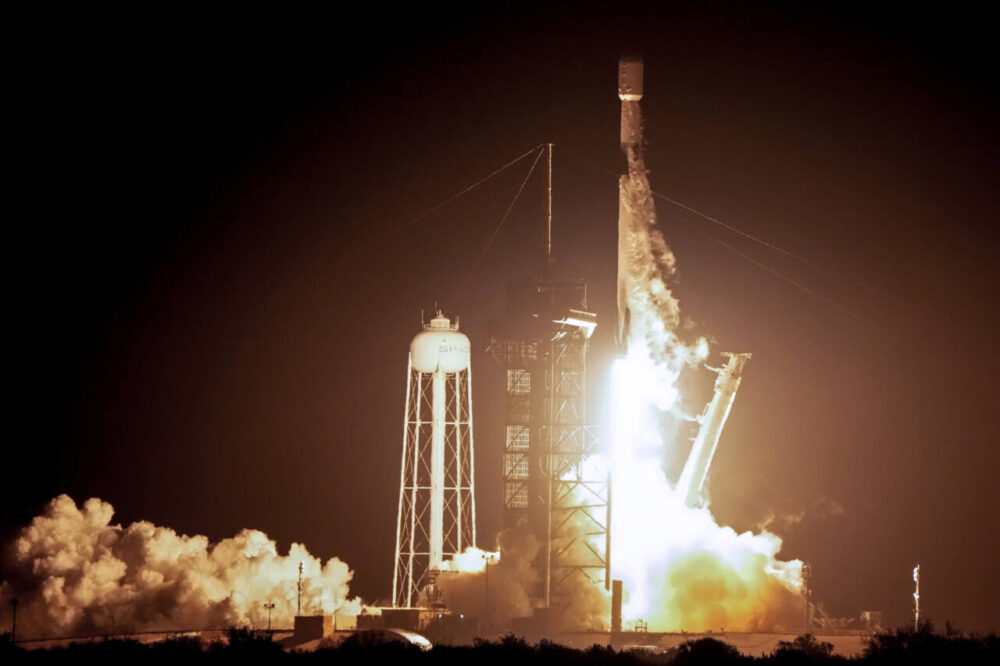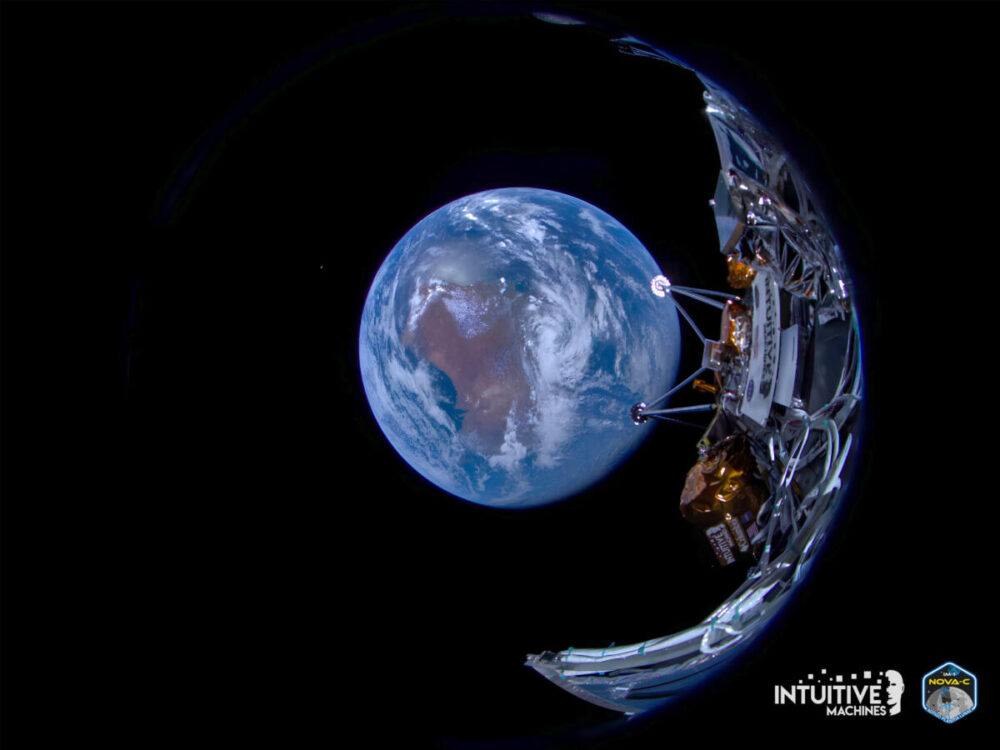It’s been more than 50 years since 1972’s Apollo 17 mission, the last time an American spacecraft last landed on the moon. But this week, that long drought ended when an unmanned American spacecraft called Odysseus, or “Odie” for short, successfully landed on the lunar surface.
Now that it’s there, it has a mission to carry out.
What Is Odysseus, and How Did It Get to The Moon?
Odysseus is a hexagonal cylinder Nova-C lander with six landing legs. It was launched by Houston-based company Intuitive Machines. A SpaceX Falcon 9 rocket carrying Odysseus lifted off from Kennedy Space Center in Florida on Feb. 15. It landed in a crater on the moon’s south pole on Feb. 22.
MORE: 11 interesting facts about the Apollo 11 mission

What Will Odysseus Do on The Moon?
The most exciting part of this mission may be what it signals about the future. Intuitive Machines is working with NASA as part of NASA’s Commercial Lunar Payload Services (CLPS). This initiative relies on aid from U.S. companies to help “deliver science and technology to the lunar surface,” to “perform science experiments, test technologies and demonstrate capabilities to help NASA explore the moon as it prepares for human missions.”
Scientists are especially interested in the moon’s polar regions, because there may be frozen water in the shadowed region of the moon. If the presence of water on the moon can be confirmed, makes the idea of a permanent lunar base more achievable.
The lander has a dozen payloads of instruments on board to complete various tasks — some on behalf of NASA, which paid Intuitive Machines $118 million to develop Odysseus, and some on behalf of private companies that also sent payloads. For example, Columbia Sportswear is testing an insulating material in space, and Emory-Riddle Aeronautical University has a student-designed camera system on board Odysseus.
This part of the mission is expected to last approximately a seven days, before the lunar night sets in and the lander loses power.
MORE: India’s Chandrayaan-3 spacecraft shares photos from moon’s south pole
How Data Odysseus Collects Will Improve Astronaut Safety
An important component of Odysseus’ experiments for NASA are those that are designed to help ensure the safety of future astronauts on upcoming missions. Cameras at the base of Odysseus have captured photo and video footage of the landing. Specifically, they’re looking to see how the exhaust plume from the engines affect the dust on the lunar surface.
NASA scientists can use the data to construct 3D models of the landing site, determining how much lunar dust gets kicked up. This has an important safety implication: Since there’s no atmosphere to slow down the scattered dust and rocks, it gets “sandblasted” away by the spacecraft’s engines. And when this detritus is blown off the moon, it could potentially hit other spacecraft in orbit.
“The rocket exhaust itself is typically going about three or four kilometres per second,” Phil Metzger, a former NASA scientist, told BBC. “And the smallest particles will be accelerated up to that velocity… That’s like five times the speed of a bullet.”

This sandblasting issue will influence the scientists’ decisions as they choose landing sites and design future spacecrafts. They can also build structures to block the accelerated lunar dust, and data from Odysseus can help them determine the materials they should use.
Odysseus also transported a radio receiver to determine the effects of charged lunar particles on radio signals.
And this is just the beginning. Intuitive Machines has two more CLPS missions planned, and IM is one of many spacecraft companies that NASA has hired to do some recon on the moon’s surface ahead of the return of NASA astronauts to the moon later this decade. Another private firm, Astrobotic Technology, is slated to deploy a lunar rover to search the moon’s south polar region for ice.
Clearly, the sky’s no longer the limit.
Now that Odysseus has landed on the moon, what will it do up there? originally appeared on Simplemost.com


